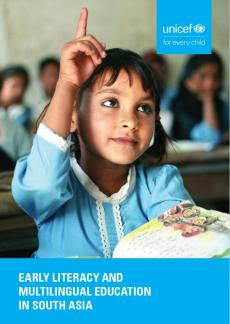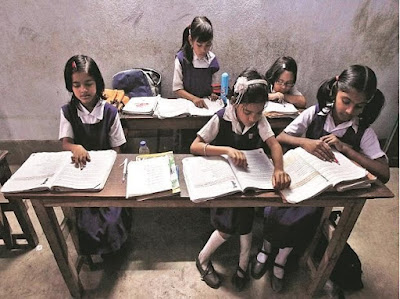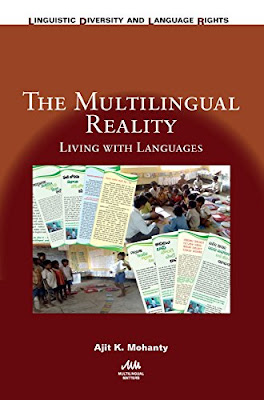[MLE] UNICEF report on Early Literacy and Multilingual Education in South Asia

Final Report “Early Literacy and Multilingual Education in South Asia” A few months ago UNICEF published the final report on their research on Early Literacy and Multilingual Education in South Asia. The study is based on literature review on early literacy and multilingual education, surveys of students’ literacy achievements in primary grades, analysis of sociolinguistic situations, and policy and programme documents. That 100 page report is worth noting!


